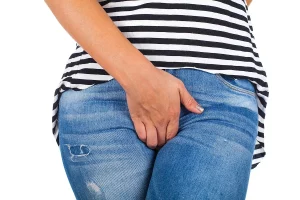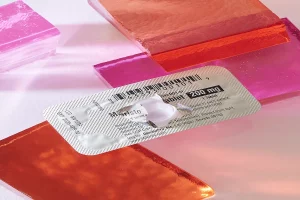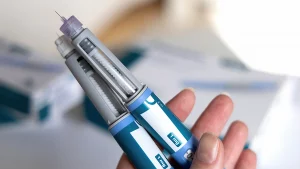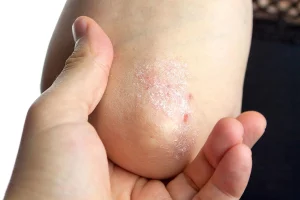Ladies, we all know that you love your makeup. But there comes a time when you just have to say goodbye, even to that tube of your favorite crumbly mascara that releases black flakes every time you use it. Yes, it’s true: even makeup has an expiration date. So while you’re busy decluttering your life, or adhering to whatever other resolutions you’ve set, take your makeup drawer to task as well. Refer to this guide that provides a complete breakdown of the shelf life of your cosmetics so you’ll know when it’s time to nix ‘em.
Mascara: 2-3 months. This is one of the riskier makeup items due to the fact that every single time you apply the wand to your lashes and then put it back in the tube, any bacteria it has collected goes right back into the bulk of your mascara. Excessive bacteria can make your eyes red and cause itchiness and even pinkeye, along with those sties you occasionally see on the lid. Another tip offered by makeup artist Pati Dubroff: “Mascara will also have a distinct gasoline-like smell once it’s gone bad.” And in that case, why would you want to use it?
Foundation: 6-12 months. Because liquid foundations are water-based, they become a prime breeding ground for bacteria. Unopened foundation can be kept for years, but once you open that top, the shelf life of this cosmetic product immediately decreases. Some tips for extending the lifespan of your foundation? Keep out of moist environments and away from heat. Always do a thorough inspection before applying to your skin. If the color or smell is slightly off, best to avoid it altogether.
Concealer: Up to 2 years. These have a longer shelf life than their foundation counterparts. If you use a concealer that is past its expiration date, it can actually cause breakouts. In order to recognize when it’s gone bad, just look at the color change in the product, advises cosmetic chemist Ni’Kita Wilson.
Blush: 1-2 years. It all depends on the formula. Powder blush, like foundation, can last up to two years. Cream blush, on the other hand, welcomes bacteria breeding and should only be kept for up to one year. Be sure to wash your makeup application brushes on a regular basis in order to prevent recurring transfer of bacteria, and store the product in a dark, dry place when not in use. Occasionally it doesn’t hurt to take a clean Q-tip and gently swipe over the surface of the cream blush, in order to get rid of any bacteria or dirt that has accumulated over time.
Eye Shadow: 3 months. Even if you use powder shadow as opposed to a cream shadow, they’re still in constant contact with mucous membranes, contributing to a higher risk of bacteria transfer between your eyes and the product. Be especially careful with those cream-based shadows, as they harbor more bacteria.
Lipstick/Lip Gloss: 1 year. Surprisingly, lipstick and gloss have a lower risk for bacteria since they don’t contain water. But due to the fact that they are in frequent contact with your lips, always be on the lookout for texture change or a stale smell, as both are signs that the product has gone bad.
Eyeliner: 3 months. Similar to eye shadows, these pick up bacteria and bring them back to the eye area. Pencil liner is your best bet, as you can sharpen them regularly to keep the tip fresh. A sign that your eyeliner is past the point of no return? When you see a white film developing on the tip that can’t be sharpened off.
Nail Polish: It really depends on the brand and the formula, but at least you won’t have to worry about your polish going bad due to bacteria infestation. However, the lacquer will eventually dry out and get clumpy, and the pigments will begin to settle along the bottom of the bottle. Test: if after you shake the bottle thoroughly and the formula stays in two separate parts, it’s no longer usable.

















